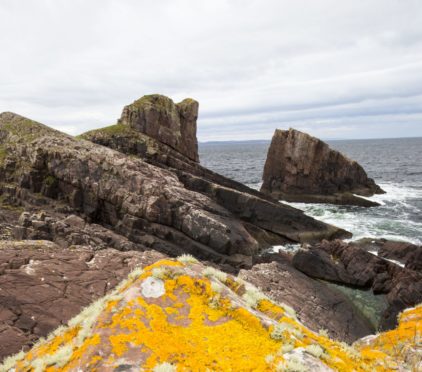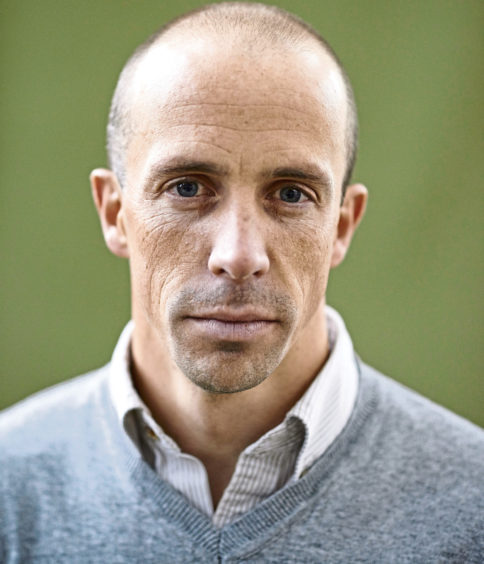
Outdoor enthusiast Patrick Baker’s new book, The Unremembered Places, is an evocative tome detailing his adventures in tracking down some of Scotland’s most remote monuments to history.
Here, he speaks about exploring our wild past.
What is your background?
I’ve been exploring Scotland’s wild landscapes for more than 20 years, as a hillwalker, mountaineer, climber, canoeist and kayaker.
I’ve always been fascinated with the ruins and relics I have come across in remote parts of the country and hunting down these wild histories has become an integral part of my ventures in the outdoors.
How did you learn about the places in the book?
Most had become lodged in my memory over the years, retained from fragments of conversation, or having been chanced upon and remembered in some obscure text. For instance, I had heard stories in climbing circles about the Glen Loin Caves.
The place became almost mythologised for me, a hidden place where the early bands of working-class climbers had congregated for over two decades, but whose whereabouts was always a secret.
Why were they forgotten?
I think we have become disconnected – physically and in thought – from the familiarities of wild places. We have come to regard our history with a contemporary, geographical bias – a predominantly categorised, class-bound and urban interpretation of the past.
Which were the most difficult to reach?
Ventures by sea kayak tended to be the most challenging as weather and sea conditions play so much more of a factor.
On dry land, it was particularly hard to find the remains of an illicit still, located somewhere on a large stretch of moor in Ardnamurchan – a building which, of course, was never meant to be found in the first place!
Your favourite of the places?
I liked all of the places, each held their own particular secrets and wonderment. But one of my favourites was to look for cave systems in the limestone-rich landscape of Assynt.
The trip was not only special because of the sheer uniqueness of that place, but also because my son came with me and it was great to share the experience with him.
Most surprising find?
The most astonishing item was the bronze handbell on the altar of the ruined chapel on St Finan’s Isle in Loch Shiel.
The bell, an extremely rare example of a type used by early Christian missionaries, had resided on the island for centuries. Sadly, shortly after my visit, the bell was stolen.
Will the book encourage more people to search them out?
I hope the book prompts a greater appreciation of the overlooked aspects of our landscape and the stories these places hold.
However, I hope if people are encouraged to look for their own examples of unremembered places, they follow the simple maxim of “leave no trace”. That is, neither to disturb the historical features nor the wilderness they are in.
Are there lessons we can learn from your discoveries?
What I wanted to get across was the social and cultural importance of Scotland’s wild histories. We often think of history as describing a static point in time, but many of the places I visited still had a very contemporary significance, whether because of their continued spiritual meaning or the impact they have had on modern lives.
The ancient drovers’ route is a great example – a high mountain pass, used by countless generations that also played an important part in establishing Scotland’s treasured freedom of access rights.
Are there more to be found?
Absolutely. Scotland’s history, combined with rural-to-urban migrations, have rendered many areas of the landscape empty, yet still layered with history, mystery and significance.
And that was the real challenge of writing the book, knowing there are so many more unremembered places out there, still to be found.
The Unremembered Places is published by Birlinn on Thursday.

Enjoy the convenience of having The Sunday Post delivered as a digital ePaper straight to your smartphone, tablet or computer.
Subscribe for only £5.49 a month and enjoy all the benefits of the printed paper as a digital replica.
Subscribe © Geraint Lewis/Shutterstock
© Geraint Lewis/Shutterstock